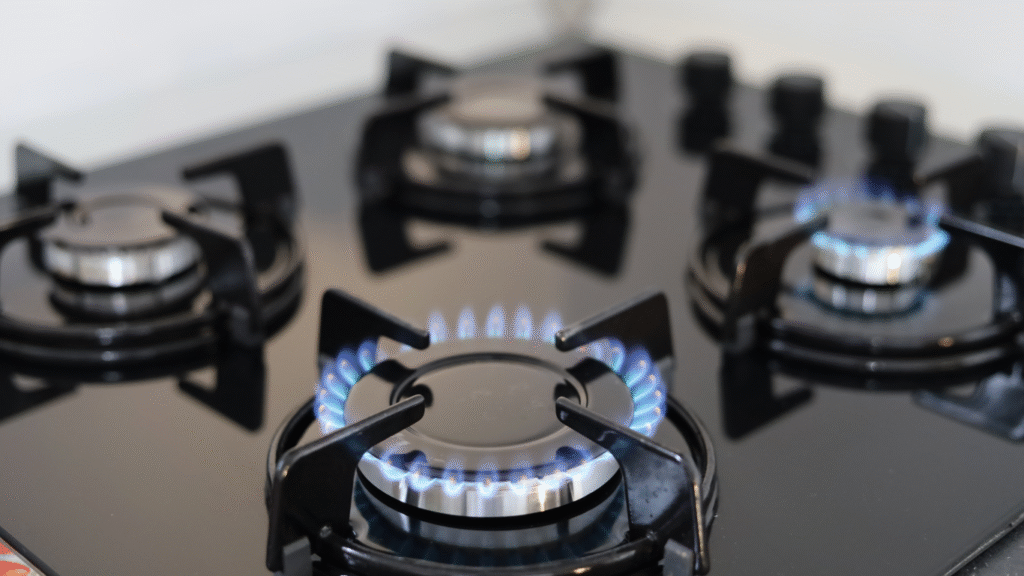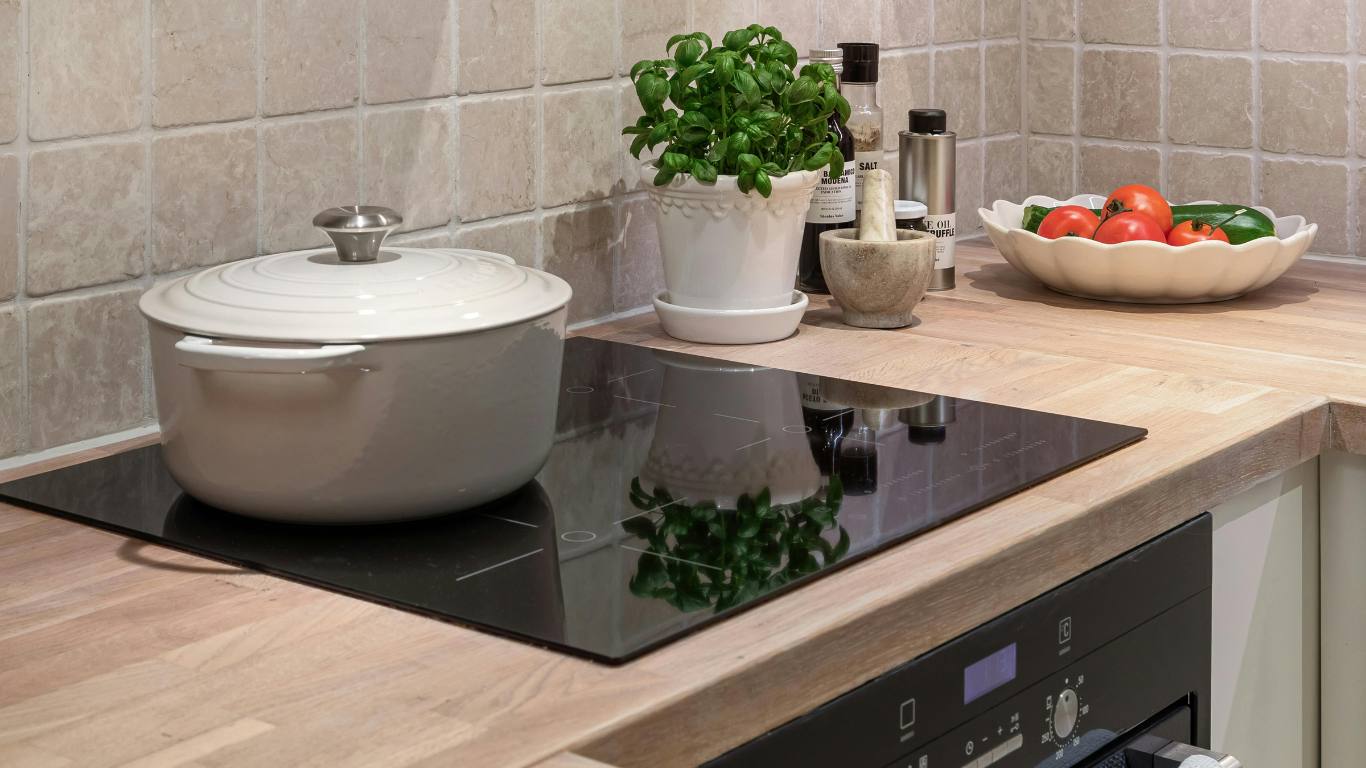At Cliff Joyner Construction, we remodel and build kitchens frequently, helping homeowners choose the right kitchen fuel for their needs. Kitchens are the heart of the home—they’re used daily, endure heavy wear, and must function in a way that supports your lifestyle. One of the most important decisions during a kitchen renovation is selecting the best fuel source for your cooking appliances. Today, most homeowners choose between three main options: gas, induction, and electric.
Understanding What’s Available
Before making a decision, it’s essential to assess what’s already available in your kitchen. For example, some homes may not have a gas connection in the kitchen area. While a gas line can often be added, this comes with additional cost and planning. It’s also important to consider whether the existing gas line to the house is sized appropriately to support the BTU output of new appliances.
These are the kinds of questions we help our clients answer. Our team will inspect your current setup and provide expert guidance so you can make an informed decision that fits your needs and your budget—especially when choosing the right kitchen fuel option for your cooking preferences.

Gas cooktops have long been the go-to option for high-end kitchens. Many homeowners love the classic look and responsive heat control they provide. If gas is your preferred kitchen fuel, we’ll help you navigate the installation and ensure it integrates seamlessly into your design.
Electric vs. Induction: What’s the Difference?
While both electric and induction cooktops rely on electricity as their kitchen fuel source, they operate quite differently:
- Electric cooktops use heated coils or elements that transfer heat to the cooking surface. The cookware then absorbs the heat and cooks the food.
- Induction cooktops, on the other hand, use electromagnetic energy to heat the cookware directly. This requires pots and pans made from magnetic materials.
Because induction heats the pan itself—rather than the surface beneath it—it can reach cooking temperature faster than electric. According to Consumer Reports, induction cooking is 20–40% faster than traditional electric ranges.
Cost and Efficiency Considerations
Electric cooktops are typically more affordable upfront and have long been a budget-friendly choice for many homeowners. However, manufacturers are now producing electric models with advanced features that mimic the performance of higher-end units.
Induction units, while more expensive initially, may reduce energy usage over time and offer greater precision for serious cooks. Many homeowners appreciate the clean, modern aesthetic of induction surfaces as well.
Each kitchen fuel option has its pros and cons, and the best choice often depends on your cooking habits, budget, and design preferences.
Let’s Build the Kitchen That Works for You
Your kitchen should be a space that’s not only beautiful but functional for everyday life. Whether you’re dreaming of a traditional gas range or intrigued by the precision of induction, we’re here to help you evaluate your kitchen fuel options and create a custom space that meets your goals.
With Cliff Joyner Construction, you get a trusted partner in both design and execution—ensuring your kitchen remodel is seamless, personalized, and built to last.

